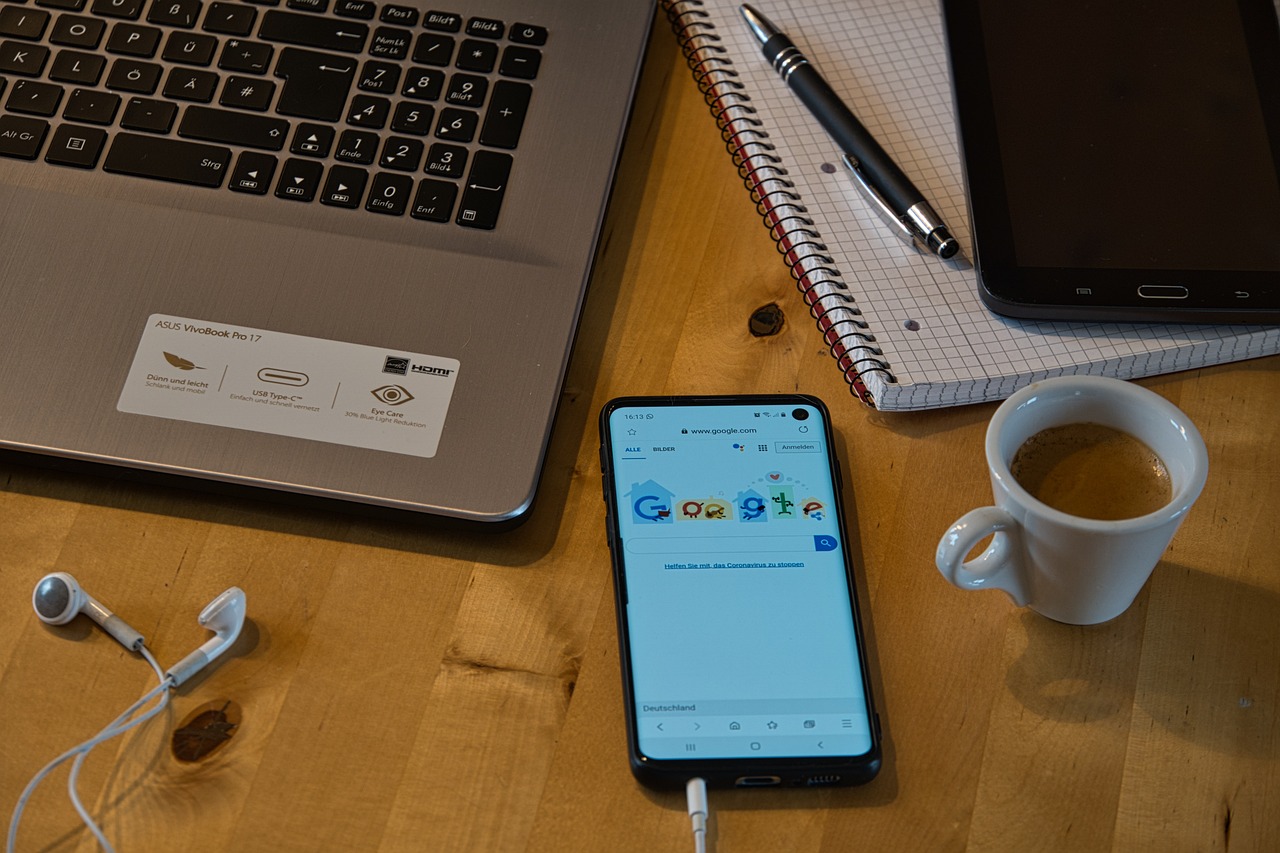The Role of Speech Therapy in Treating Speech Apraxia
all panel.com, cricket 99 betting app, lotus365 login:Speech apraxia, also known as childhood apraxia of speech, is a motor speech disorder that affects a person’s ability to speak clearly and accurately. It is a challenging condition that can impact a person’s communication skills and overall quality of life. Speech therapy plays a crucial role in treating speech apraxia and helping individuals improve their speech abilities.
What is Speech Apraxia?
Speech apraxia is a neurologically based motor disorder that affects a person’s ability to plan and coordinate the movements necessary for speech. Individuals with apraxia may have difficulty initiating or controlling the movement of the muscles involved in speech production. This can result in speech that is slow, effortful, and inconsistent, with errors in pronunciation and sequencing of sounds.
Speech apraxia is often seen in children, although it can also occur in adults as a result of a stroke, brain injury, or other neurological conditions. It is important to diagnose speech apraxia early to begin appropriate treatment and support.
The Role of Speech Therapy in Treating Speech Apraxia
Speech therapy is the primary treatment for speech apraxia. Speech-language pathologists (SLPs) work with individuals to improve their speech production skills and help them communicate more effectively. Therapy for speech apraxia typically involves a combination of techniques to address the underlying motor planning difficulties and improve overall speech clarity.
Here are some of the key components of speech therapy for treating speech apraxia:
1. Oral Motor Exercises: SLPs may use various oral motor exercises to strengthen the muscles involved in speech production and improve coordination. These exercises can help individuals develop better control over their articulators, such as the lips, tongue, and jaw.
2. Articulation Practice: Articulation practice involves working on specific sounds and sound sequences to improve speech clarity. SLPs may use a variety of techniques to help individuals produce sounds correctly and consistently.
3. Sound Sequencing: Individuals with speech apraxia often struggle with sequencing sounds in words and sentences. SLPs work on developing strategies to help individuals plan and produce sounds in the correct order.
4. Intensive Therapy: Intensive therapy programs, such as the PROMPT technique or the Kaufman Speech to Language Protocol, focus on intensive, individualized treatment to address the unique needs of each individual with speech apraxia.
5. Augmentative and Alternative Communication (AAC): In some cases, individuals with severe speech apraxia may benefit from using AAC devices or systems to support their communication skills. SLPs can help individuals learn how to use AAC effectively.
6. Family Involvement: Family members play a crucial role in supporting individuals with speech apraxia. SLPs work with families to provide education, strategies, and support to help individuals practice their speech skills at home and in everyday settings.
Speech therapy for speech apraxia is a collaborative effort between the individual, the SLP, and the family. Consistent and structured therapy sessions, along with practice and support outside of therapy, are essential for making progress in improving speech skills.
FAQs
Q: How long does speech therapy for speech apraxia typically last?
A: The length of speech therapy for speech apraxia can vary depending on the individual’s needs and progress. Some individuals may make significant improvements in a few months, while others may require ongoing therapy for an extended period.
Q: Can adults with speech apraxia benefit from speech therapy?
A: Yes, adults with speech apraxia can benefit from speech therapy. Therapy can help improve speech clarity, coordination, and communication skills, even in adults who have had apraxia for many years.
Q: What can I do to support a child with speech apraxia at home?
A: It’s essential to provide a supportive and encouraging environment for a child with speech apraxia. Practice speech exercises recommended by the SLP, read aloud together, and praise efforts and progress. Consistency and patience are key.
In conclusion, speech therapy plays a critical role in treating speech apraxia and helping individuals improve their speech abilities. With the right support, determination, and hard work, individuals with speech apraxia can make significant progress in developing their communication skills and achieving their full potential.







